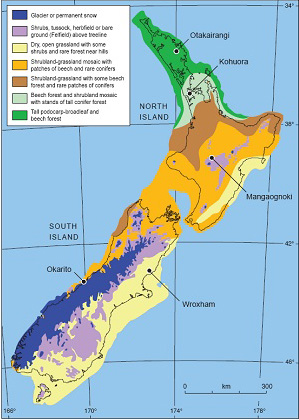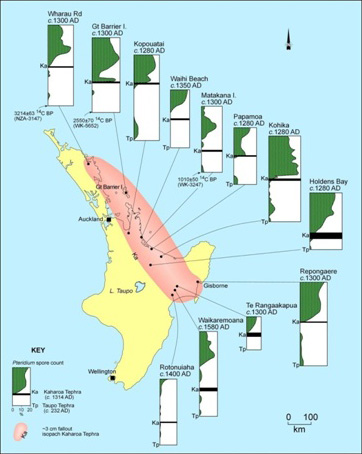Projects
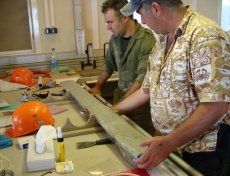
Geochronology and Quaternary Volcanism
The dating and correlation of landscape and sedimentary records that detail past environmental change is essential to all our work. In addition to strong collaborative links with the radiocarbon dating laboratory at GNS Science our expertise in this area includes tephrochronology.
Tephrostratigraphy
New Zealand is one of the most volcanically active regions in the world. Jenni Hopkins and Colin Wilson are leading exponents of tephrostratigraphy – a technique that characterises the near-source and distal products of volcanic eruption material emitted from eruptions (tephra) in their stratigraphic and volcanic context.
This information is critical to understanding both past volcanic activity and the potential contemporary volcanic hazard for a given region.
Glacier Modelling
Glacier models are used to understand the interactions between past and present glaciers and the climate system. A glacier model could be used to identify the most important climate variables that affect ice volume and extent, or to identify the climate conditions needed for the glacier to reach moraines that were deposited in the last ice age.
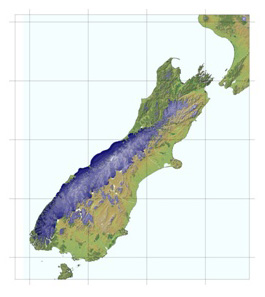
We also investigate the impact of present and future climate change on glaciers. Glacier models can be driven by climate proxy information (such as ice core, speleothem or palaeoecological reconstructions), and coupled to laiser-scale models of atmospheric and/or oceanic circulation.
Our glacier modelling programme, is helping with investigations into the way Southern Hemisphere glaciers respond to past, present and future climatic changes . This work, the only of its kind in New Zealand, fills a knowledge gap in the understanding of Southern Hemisphere mid latitude climate processes.
Ice Core Climatology
Ice core records provide an annual-scale, 'instrumental-quality' baseline of atmospheric and ice changes back many thousands of years.
Their analysis has allowed human-induced warming on a global scale to be extracted from the background climate state and the fundamental non-linear behaviour of the climate system at inter-decadal to century-scale (eg: ENSO) to be evaluated. Our ice core climatology programme, led by Nancy Bertler, is part of the Joint Antarctic Research Institute – an initiative involving Victoria University of Wellington, GNS Science and NIWA.
Marine Geology and Palaeoceanography
High resolution sedimentary records of marine environmental change can provide fundamental insight into past ocean conditions. Circulation, water mass change and production of plankton, as well as sea-level fluctuations, polar ice volume change, and the past and present climate-ocean system can be tracked.
Our studies of past ocean conditions are based on two types of geological archive: sediment cores and outcrop sections. Sediment cores are collected by ship or ice-based drill rigs whilst outcrop studies utilise the world-renowned shallow marine sediments exposed along the coast of the Western North Island in Whanganui Basin.
More information about sediment core collection and ice-based drill rigs can be found on the Integrated Ocean Drilling Program (IODP) and ANDRILL websites.
Core and outcrop samples provide the raw material for geochemical proxies of past change which are crucial to an understanding of past environments. These analyses are made in the world-class mass-spectrometry facilities in our School.
The derived histories of past change also assist with the development of observational and numerical models which in turn are designed to aid prediction of potential environmental responses under the present phase of global warming. Closer to shore, sedimentary records from the continental margin are used to determine past and present processes that govern sediment transport and landscape evolution from the mountains to the ocean.
More information about this research can be found on the GeoPRISMS website.
Our marine geology and palaeoceanography programme is led by Lionel Carter, Rob Mckay, Gavin Dunbar and Tim Naish who are part of the Antarctic Research Centre. The programme also involves research partnerships with NIWA, GNS Science and overseas research organisations.
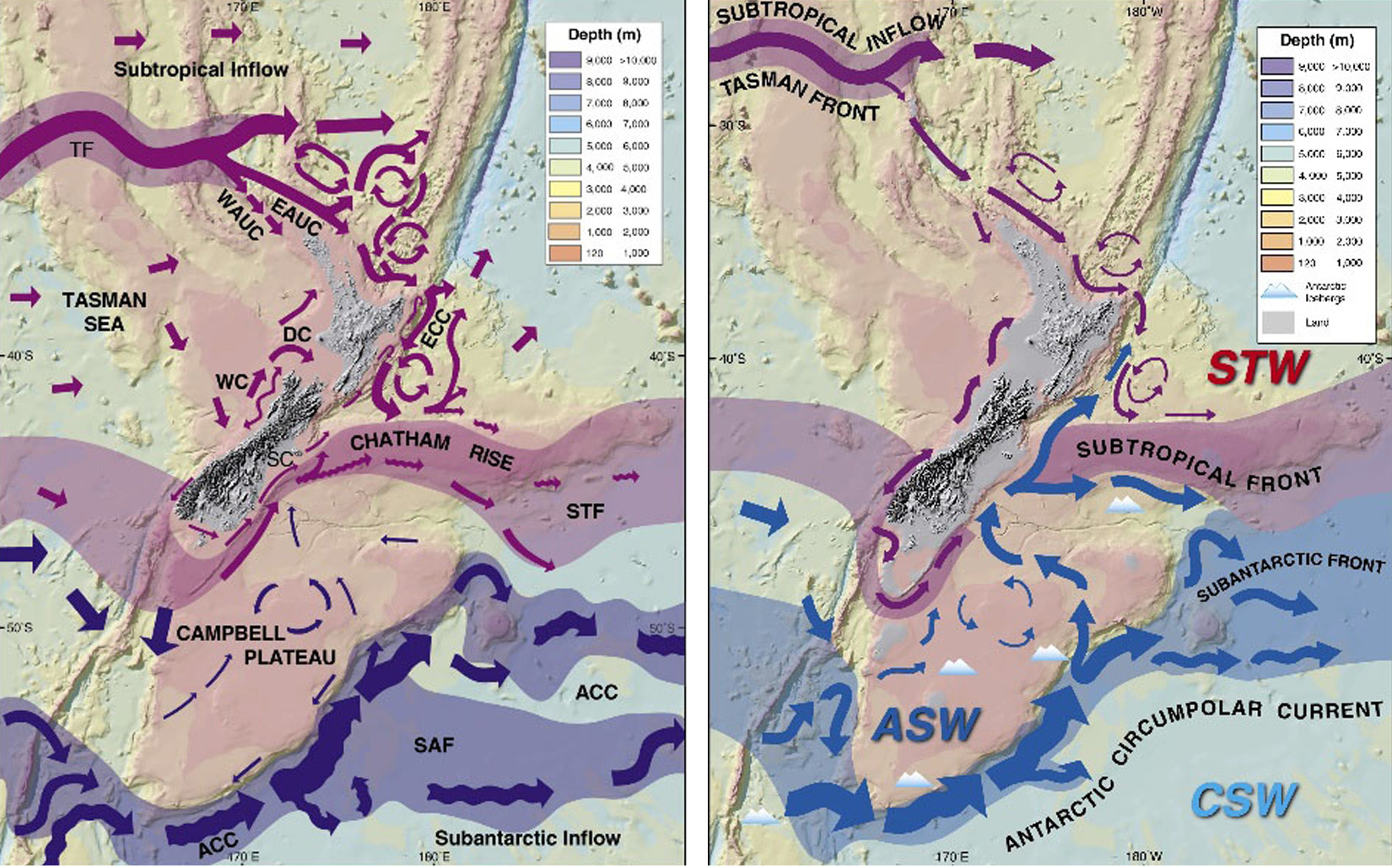
Palaeoecology and Quaternary Landscape Evolution
The landscapes of New Zealand today are the legacy of a range of tectonic, climatic and biotic processes operating over the past several million years – with a highly visible but superficial cultural overprint from recent human activity.
We trace the evolution of these landscapes using a range of geomorphic and palaeoecological techniques, to provide a longer perspective on environmental change than can be obtained from historical observations. The resulting records are useful in a range of applications including the reconstruction of Quaternary climates, volcanic history and sea levels as well as determining the impacts of recent human activity on the natural environment.
Our paleoecology research programme, led by Rewi Newnham and Andrew Rees includes palynology, diatom and phytolith analysis and through strong collaborative links with GNS and Landcare extends across a range of other techniques as well.
Our geomorphology and landscape evolution programmes are led by Kevin Norton and Andrew Mackintosh who, together, provide wide-ranging expertise across volcanic, glacial, fluvial and coastal landscapes and environments.
